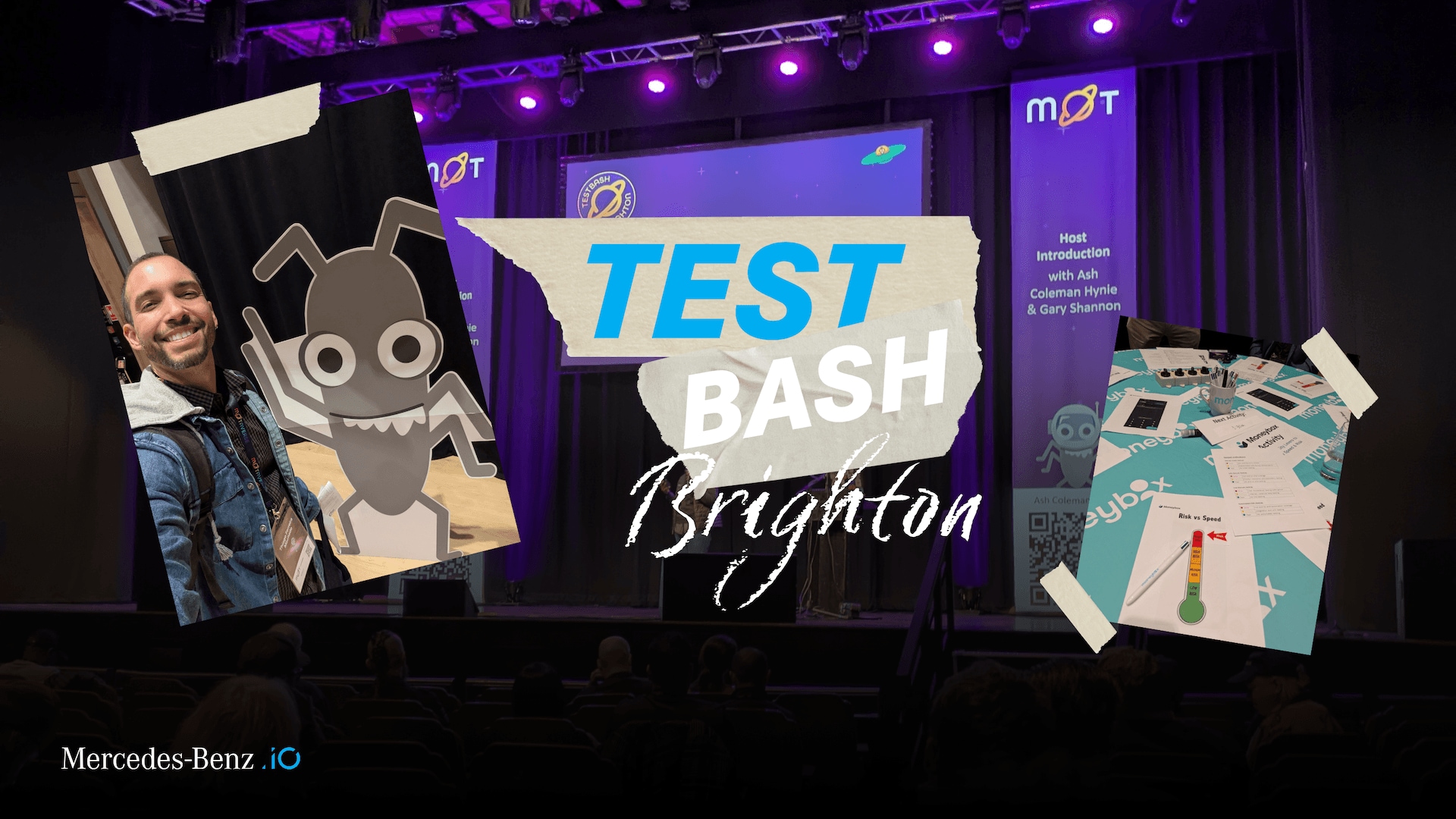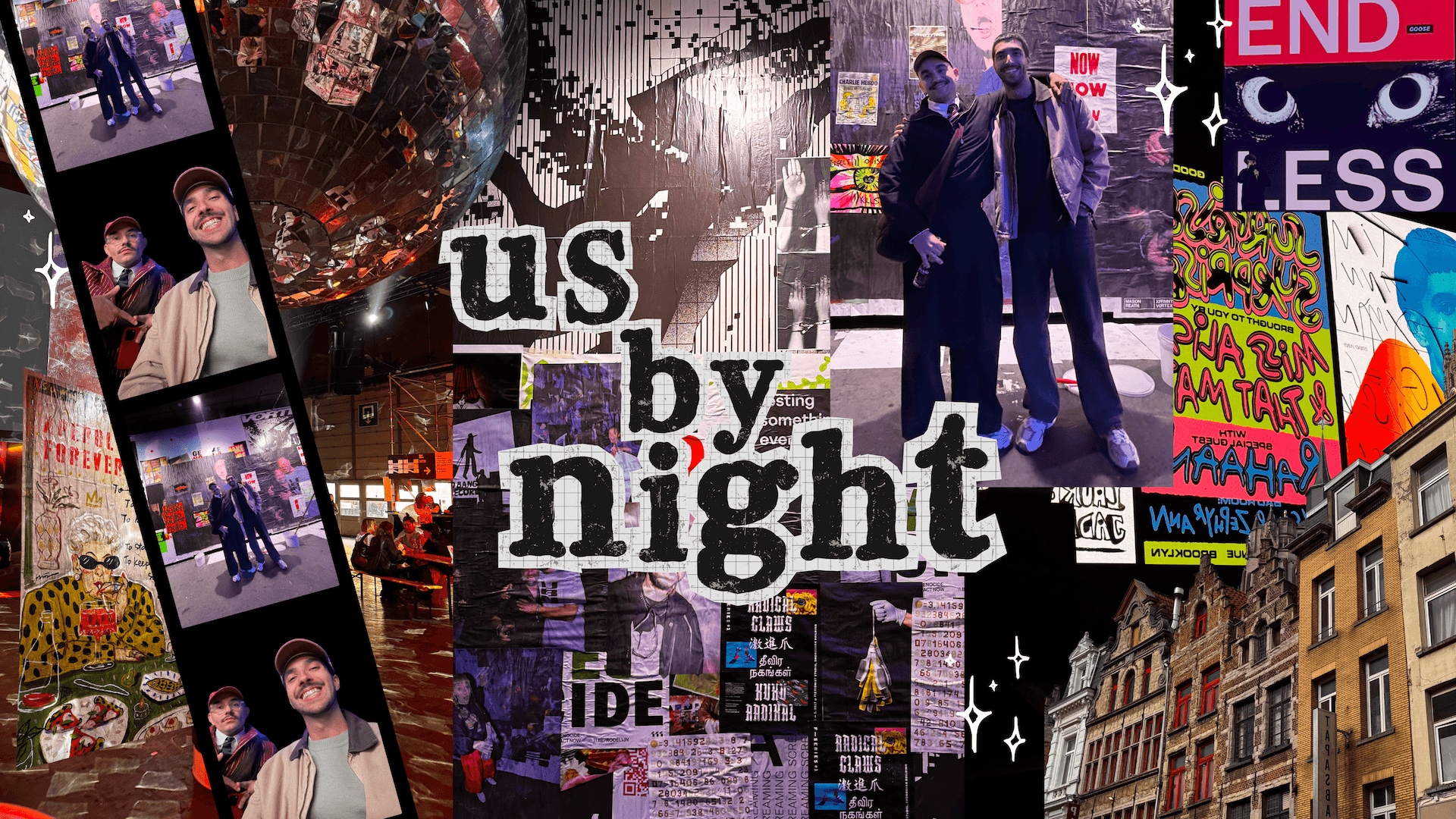
Behind the Scenes of PI Planning: Insights from an RTE
As a Release Train Engineer (RTE), facilitating a successful PI Planning event takes more than just showing up on the day. It’s a continuous cycle of preparation, coordination, and follow-through that enables teams to align, plan, and execute effectively. Here’s a look into how I approach this key event — and a few tips I’ve picked up along the way.
Contents
Laying the Groundwork Before PI Planning
The work starts well before the event itself. A smooth PI Planning relies on thoughtful preparation — both in terms of content and logistics.
This means ensuring we have updated executive briefings, a clear product and architecture vision, and all the logistical elements in place: location (if hybrid or in-person), tooling, and the communication channels we’ll use.
Another essential piece is the Inspect & Adapt workshop, which feeds continuous improvement into the next PI. This retrospective ensures we’re not just planning — we’re learning and evolving too.
Day 1: Setting the Stage and Validating Draft Planning
The first day is all about establishing direction and structure. I open the event by outlining the purpose, agenda, working agreements, and planning flow, setting expectations for the days ahead.
Speakers are introduced to present the business context, product vision, architectural outlook, and key development practices that will guide the teams’ planning.
I also facilitate the Coach Sync during breakouts, the Draft Plan Review, and the Management Review & Problem-Solving meeting to resolve problems and reach achievable objectives.
It’s a fast-paced day — but clarity, energy, and flexibility go a long way.
Day 2: Adjust, Align, and Close
Day two is all about adjusting, alignment and agreeing on the planning for the next PI execution.
Open the day with management presenting changes to the planning. Make sure the teams have all the information to make appropriate adjustments to their plans and Business Owners have assigned the business value to the team PI objectives.
I facilitate a final Coach Sync and ensure the planning board is up to date. I also facilitate the Final Plan Review, Risks assessment and conduct the Confidence vote.
Then, it's time to support rework if needed, and close with a retrospective and next steps.
A moment that stays with me
One of the most emblematic experiences I’ve had as an RTE was my very first PI Planning at Mercedes-Benz.io — held at the iconic Benfica Stadium.
It was an incredible opportunity to gather not only my ART but all ARTs involved in our Large Solution. The ease with which we could resolve dependencies with neighboring ARTs was impressive. Beyond the operational success, the human connection stood out.
The personal exchanges were unforgettable, and as a recent joiner, I couldn’t have imagined a better way to start a brand new ART and my journey at the tribe.
After PI Planning: Share, Align, and Communicate
The work doesn’t end when the Video call (or room lights) go off. Post-PI Planning, I consolidate the team PI objectives into ART-level objectives, publish the final output, and share the plan with the Large Solution to keep all ARTs moving in the same direction.
It’s crucial that everyone has access to the outcomes and understands what’s been decided — not just those who attended the planning.
Tips for a First-Time RTE
One of the most common pitfalls? Leaving the preparation too late.
Don’t wait for two weeks before PI Planning to prepare it. How much preparation is enough? Both too much and too little can cause problems — find your sweet spot.
It’s also key to support alignment throughout the PI, not just during the event. Using ART Syncs and other preparation practices, alignment becomes a living part of the process, not a checkbox on planning day.
And finally: remember that your energy, structure, and ability to remove blockers can set the tone for the whole ART. Bring clarity, but stay human.
Final Thoughts
Facilitating PI Planning is a powerful experience — it’s where strategy and alignment between teams and stakeholders becomes a reality. With thoughtful preparation, ongoing communication, and a collaborative spirit, it becomes more than just an event. It’s a cornerstone of the SAFe transformation.
Related articles

João Almeida
From Bottleneck to Backbone: How We Accidentally Built a Company-Wide GenAI Platform (And Lived to Tell the Tale)
When knowledge becomes hard to access, support bottlenecks follow. At Mercedes-Benz.io, what started as a small idea to reduce internal support turned into a company-wide GenAI platform, one that empowers teams to build their own assistants, securely and autonomously. In this article, Site Reliability Engineer João Almeida shares how we scaled structured AI to make knowledge easier to find, workflows faster, and autonomy the default.
Oct 31, 2025

Thiago Ferreira
How TestBash Brighton 2025 Is Shaping the Future of QA
Artificial Intelligence (AI), observability, and mentoring took centre stage at this year’s conference TestBash Brighton. Quality Assurance specialists from around the world came together to explore what’s next for testing and what it means to lead quality in fast-moving, tech-driven environments.
Oct 24, 2025

David Afonso, Pedro Vasconcelos Lopes
Inside Us By Night 2025: How our MB.ioneers Found New Creative Inspiration in Antwerp
Pedro Lopes and David Afonso, two MB.ioneers who recently attended Us By Night, a unique creative festival held in Antwerp from September 25th–27th, 2025.
Oct 22, 2025